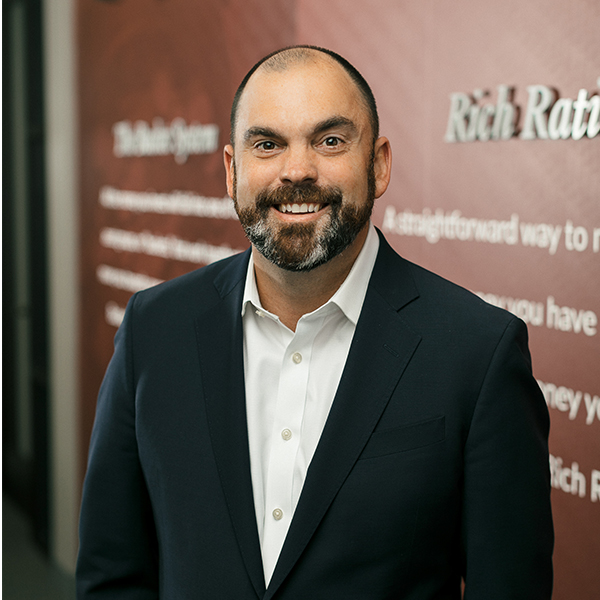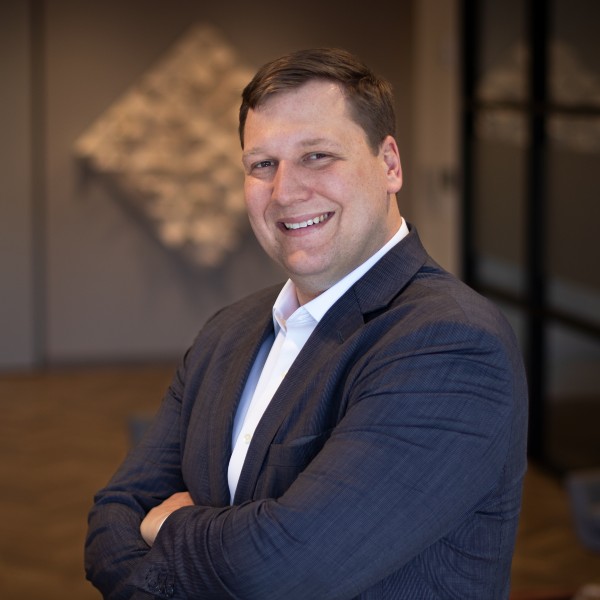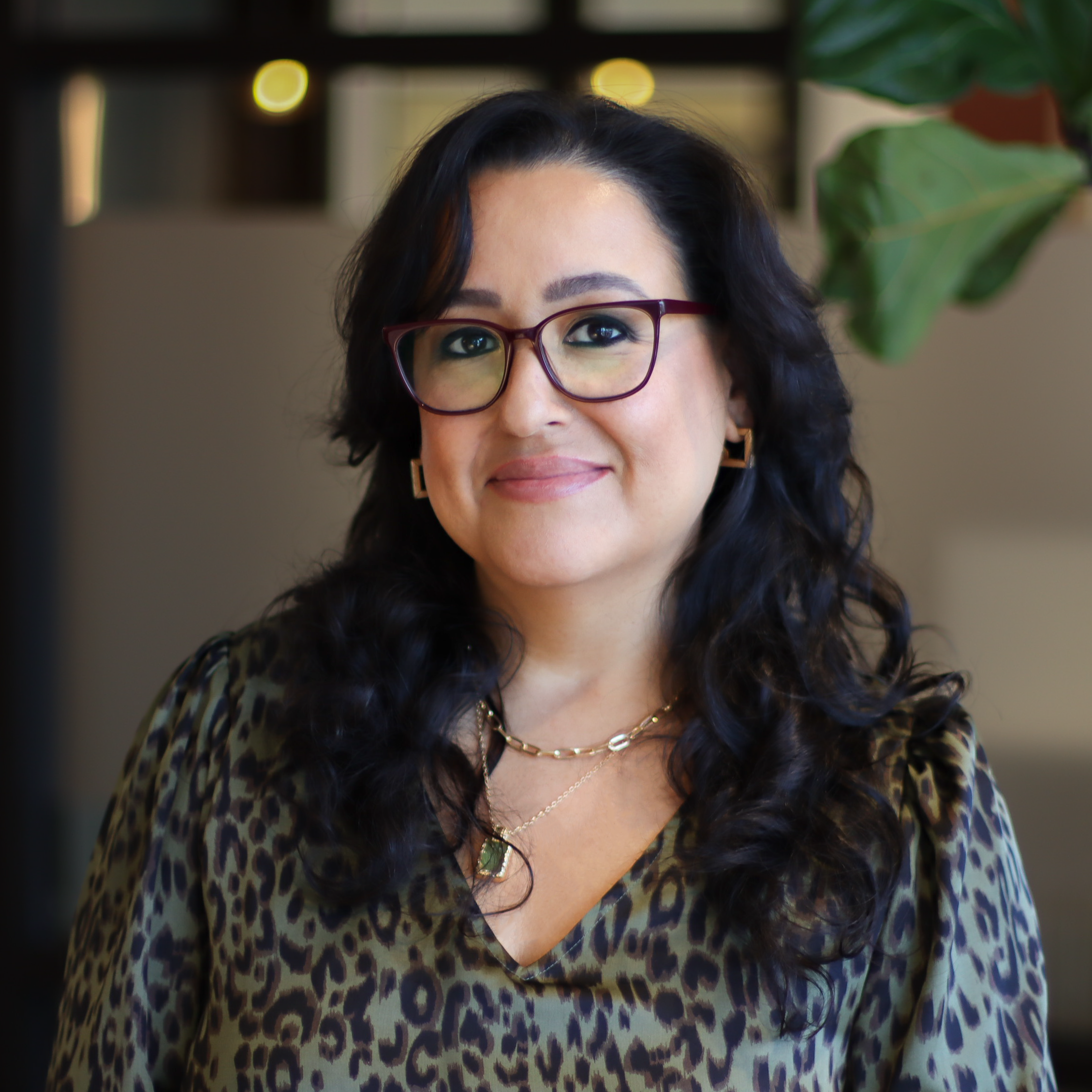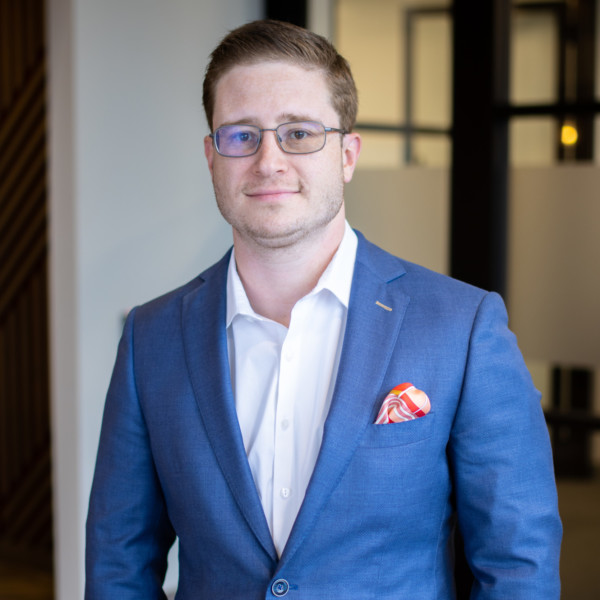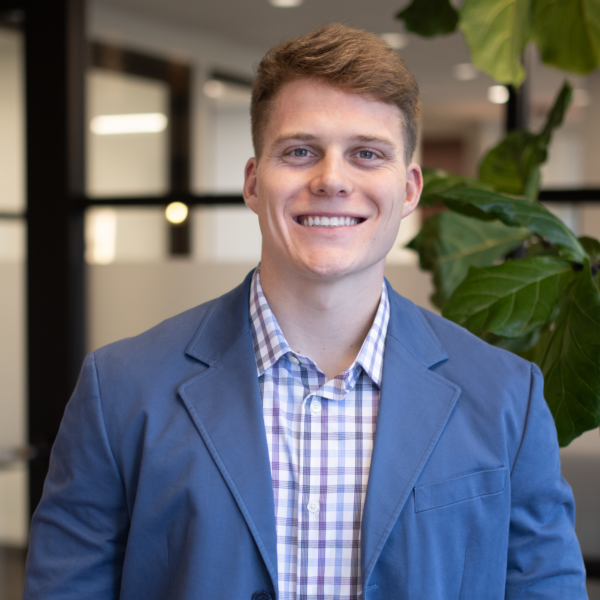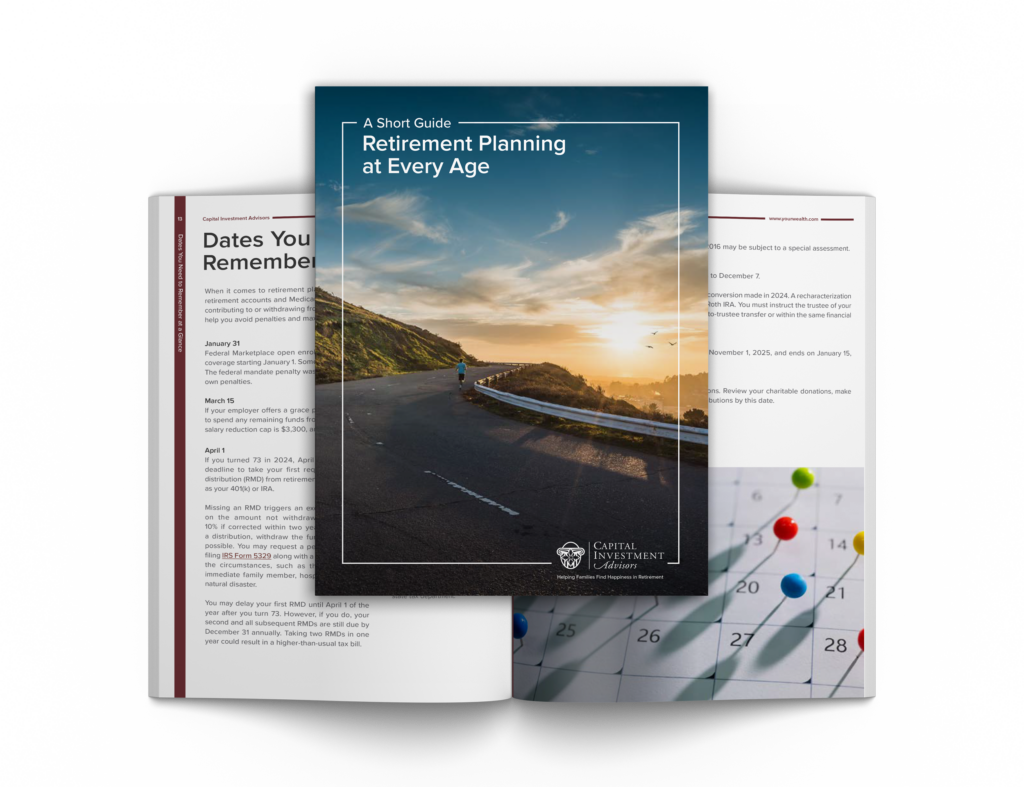Family-Focused Income Investing
Custom-tailored portfolios built to help families generate a steady stream of income from their retirement savings

As Featured In






Connect With Our Team In Your Area
Our Services
We navigate wealth management complexities to connect your financial life so you’re free to focus on what matters most.
Our experienced advisors work with you to personalize your investment plan designed to help you grow your wealth and help you work towards your long-term financial goals.
Our team of qualified professionals provides a comprehensive range of accounting & tax services. From individuals to families to businesses, we deliver tax-saving strategies tailored to your specific needs.
Learn More About Capital Investment Advisors
Our Fee Structure
| Household Asset Value | Investment Advisor Fee |
|---|---|
| First $1,000,000 | 1.00% |
| Next $2,000,000 | 0.90% |
| Next $2,000,000 | 0.80% |
| Next $5,000,000 | 0.70% |
| Amounts Over $10,000,000 | 0.50% |
Our Multi-Asset Class Strategy
Utilizing our multi-asset class strategy allows us to build a diversified portfolio using historical yields as a guide. To determine the historical yield for each asset class, we looked at a 10-year range for the Alerian MLP Index (MLPs), MSCI US REIT Index (REITs), S&P 500 Dividend Aristocrats Index (Dividend Stocks), S Network Composite CEF Index (CEFs), Bloomberg Aggregate Bond Index (Bonds), iShares Preferred and Income Securities ETF (Preferreds/Convertibles). We used a range that was +/- two standard deviations from the 10-year average and rounded to the nearest 1%.

Dividend Stocks: Blue Chip Dividends
Historical Yield: 2–3%
Consistent Earnings
Financial Strength
Dividend Growth

Fixed Income: Bonds
Historical Yield: 1–5%
High Quality
Individual Bonds
Shorter Duration

Closed-End Funds (CEFs): Enhanced Cash Flow
Historical Yield: 7–10%
Discount to NAV
Higher Yields
Low Leverage

Master Limited Partnerships (MLPs): Cash Flow with Tax Benefits
Historical Yield: 4–12%
Cash Distributions
Tax Benefits
Earnings Stability

Real Estate Investment Trusts (REITs): Income from Real Assets
Historical Yield: 3–5%
High Payouts
Diversified Industries
Tax Benefits

Preferreds/Convertibles: Hybrid Income
Historical Yield: 2–9%
Equity-Like Interest Rate Protection
Some Preferential Tax
This information is provided to you as a resource for informational purposes only and should not be viewed as investment advice or recommendations. Investing involves risk, including the possible loss of principal. There is no guarantee offered that investment return, yield or performance will be achieved. There will be periods of performance fluctuations, including periods of negative returns. Past performance is not indicative of future results when considering any investment vehicle. This information is being presented without consideration of the investment objectives, risk tolerance, or financial circumstances of any specific investor and might not be suitable for all investors. This information is not intended to, and should not, form a primary basis for any investment decision that you may make. Always consult your own legal, tax, or investment advisor before making any investment/tax/estate/
Helping Happy Retirees Since 1996
business
management
served
as of February 2025
Atlanta’s 25 Largest Money Managers
per Atlanta Business Chronicle August 2024
Atlanta’s 25 Largest Financial Planning and Advisory Firms
per Atlanta Business Chronicle August 2024
Top 10 Financial Advisor Firms in Atlanta
per SmartAsset May 2023
CIA thanks these publications for the accolade. No compensation was paid to be considered for these awards.
Please click on each ranking for important details regarding how the firm was selected and/or ranked.
CIA in the Press
On June 18, 2025, SmartAsset Named Capital Investment Advisors One of the Top 10 Financial Advisor Firms in Atlanta
Capital Investment Advisors is proud to announce that SmartAsset has named Capital Investment Advisors, LLC as one of the top 10 Financial Advisor Firms in
Capital Investment Advisors Named to InvestmentNews’ 2025 List of Top Financial Advisor Teams in the USA
ATLANTA – May 23, 2025 – Capital Investment Advisors is proud to announce that it has been recognized as one of InvestmentNews’ “Top Independent HNW
Wes Moss featured in Atlanta Magazine’s 2025 Atlanta 500: Professionals
Recently Wes Moss was featured in Atlanta Magazine’s 2025 Atlanta 500: Professionals list for hosting Money Matters. Here’s what Wes had to say when asked
Capital Investment Advisors Promotes Four to Partner
ATLANTA – February 12, 2025 – Capital Investment Advisors, a $6+ Billion Atlanta-based RIA firm, announced today that it has promoted Amanda Lewis, Connor Miller,
Our Happy Retirement Stories

Client Spotlight: Writing, Retirement, and Southern Soul – The Inspiring Encore of Chris Jones

Client Spotlight: Kyle & Russ’s Month-Long Adventure Out West
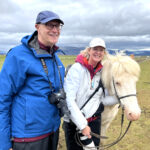
Client Spotlight: To Iceland And Beyond

Client Spotlight: Dallas And Lisa’s Cherished Italian Adventure
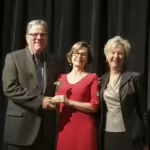
Client Spotlight: A New Chapter of Service for These Happy Retirees
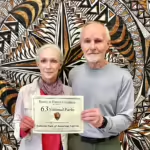
Client Spotlight: Elayne & Randy Visit All 63 National Parks in the U.S.

- Liz & David
Client Spotlight: Liz & David’s Dream Trip to Iceland
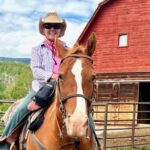
- Barbi
Client Spotlight: Barbi’s Cowgirl Escapade & Living the Colorado Dream

- Ingrid
Client Spotlight: Ingrid’s Second-Act Career as a Travel Agent in Retirement

- Ford Bronco

